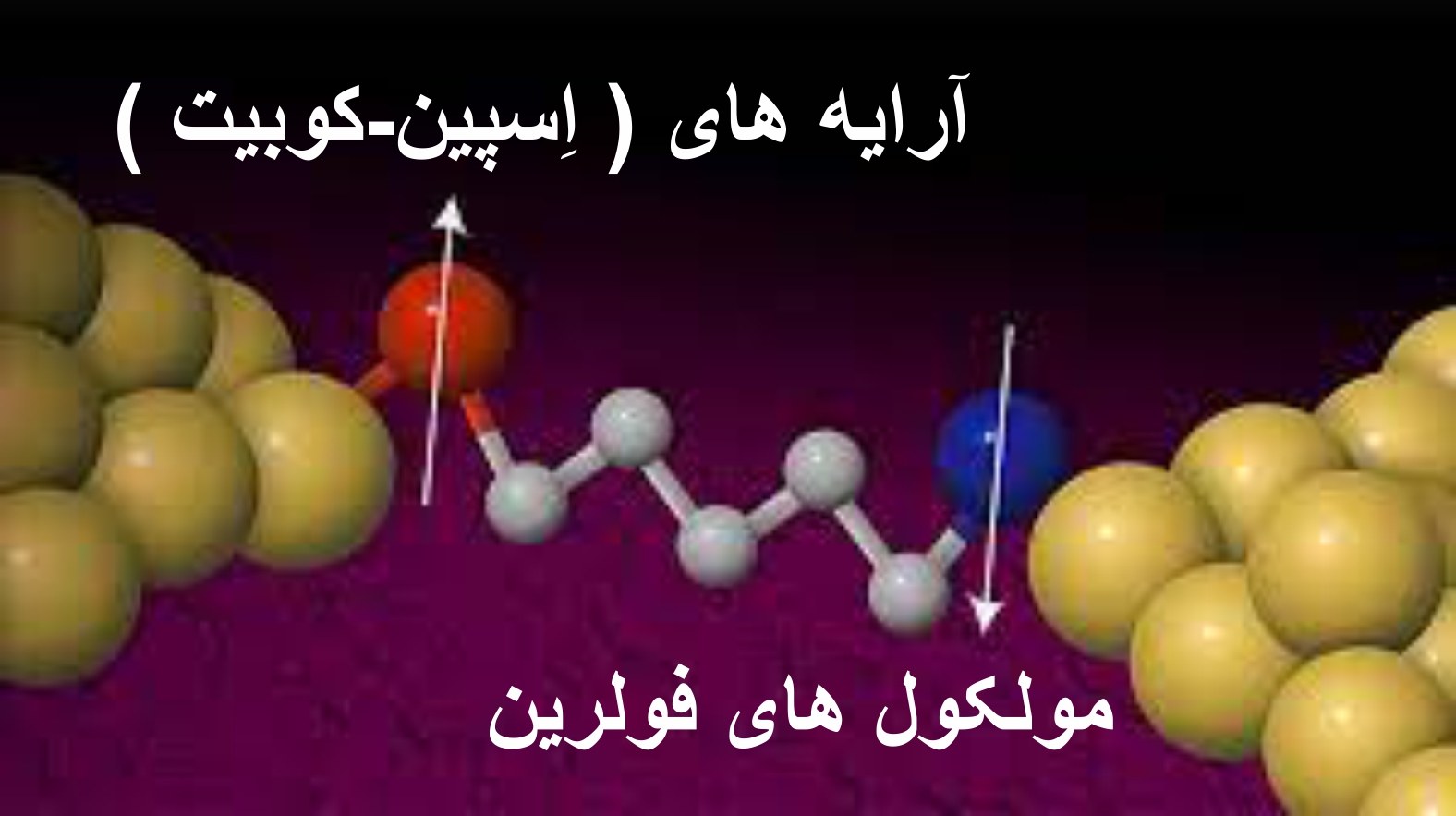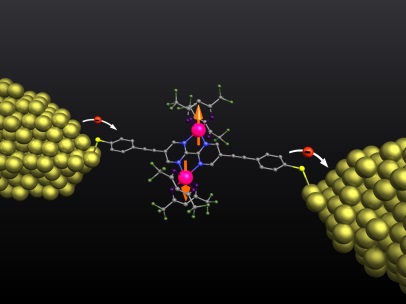Section "Nanospin Electrons" - Nanoelectronics
Researcher and author: Dr. ( Afshin Rashid)
(spin-qubit) arrays (spin-qubits) when the current enters the connection from the side of the lower layer whose magnetism is constant and unchanged, those electrons, which have spin in the direction of the magnetism of this layer, can tunnel and enter the layer They become highly ferromagnetic. As a result, in the structure of ( spin-qubit ) arrays, the magnetism of the upper layer will be aligned with the lower layer and this will reduce the resistance in this connection. But if the current enters the connection from the upper layer that has the possibility of changing the magnetization, the electrons that have the opposite spin to the direction of the magnetization of the lower layer will be reflected and will not be able to tunnel. As a result, the magnetism of the upper layer goes against the direction of the lower layer and the connection resistance increases.
In smart nanostructures, the concept of spin -qubit arrays is summed up in all the information and codes necessary to produce an entity similar to itself . (spin-qubits) are interpreted as (spin-qubits) . ( spin-qubit) arrays are composed of nanoparticles and the first effect of reducing the size of the particles is to increase the surface area, increasing the ratio of the surface area to the volume of nanoparticles causes that the atoms located on the surface are much more effective than Atoms inside the volume of particles have physical properties of particles. This feature greatly increases the reactivity of nanoparticles.
The structure of spin-qubit arrays is one of the properties of nanoparticles due to the high surface-to-volume ratio of these materials. Using this property, powerful catalysts can be produced in nanometer terms. These nanocatalysts will greatly increase the efficiency of chemical reactions and also significantly prevent the production of waste materials in reactions. Nanoparticles in the production of other materials can increase their strength or reduce their weight. Increase their chemical and thermal resistance and change their reaction to light and other radiations. By using nanoparticles, the ratio of strength to weight of composite materials will increase greatly. These devices, which include transistors and diodes, can be used in nanometer robots, nanoelectromechanical systems (NEMS), microelectromechanical systems (MEMS), and microfluidic devices. The mechanical action required to initiate deformation can be the pressing of a key, the pressure caused by the passage of a fluid, the stretching of muscles, or the movement of a robot's limbs.
Conclusion :
(spin-qubit) arrays (spin-qubits) when the current enters the connection from the side of the lower layer whose magnetism is constant and unchanged, those electrons, which have spin in the direction of the magnetism of this layer, can tunnel and enter the layer They become highly ferromagnetic. As a result, in the structure of ( spin-qubit ) arrays, the magnetism of the upper layer will be aligned with the lower layer and this will reduce the resistance in this connection.
Researcher and author: Dr. ( Afshin Rashid)
Specialized doctorate in nano-microelectronics






